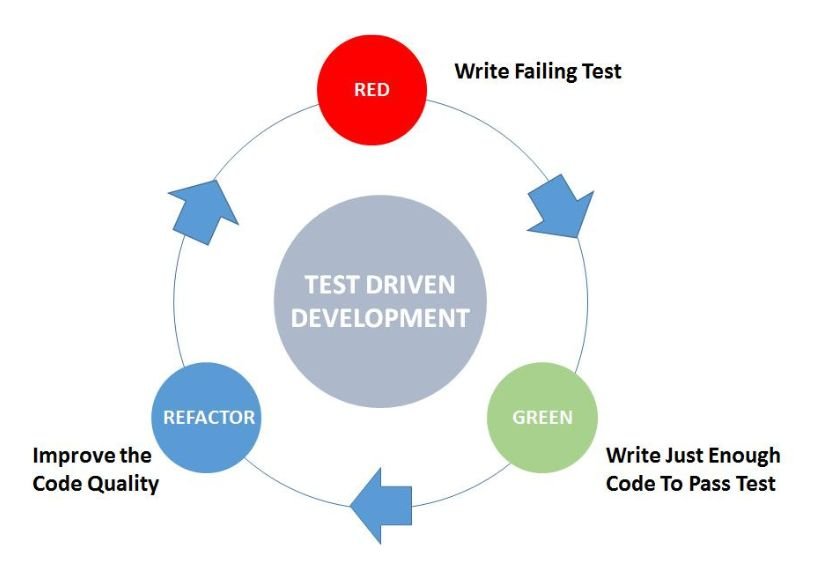Harnessing the Power of Test-Driven Development in Software Composition

Test-driven development, or TDD, is a software development method focusing on writing tests before writing any code. This approach can be used to create high-quality software faster than ever before. With software composition analysis, developers are able to quickly and accurately identify the components of a given application and their interconnectivity. TDD helps developers pinpoint any issues with the code, as well as identify areas for improvement and optimization. This blog post will look at the basics of test-driven development and why it’s so crucial for software composition.
Table of Contents
What is Test Driven Development?
Test-driven development is a development process that involves writing tests first, then writing code to make the tests pass. This process allows developers to quickly identify any bugs or problems with the code after it has been written. It also ensures that all code meets specific standards and passes all necessary tests before being released into production. Furthermore, TDD helps eliminate code defects before they can become costly issues further down the line.
How Does TDD Work?
The basic premise behind TDD is simple: write tests that cover the functionality of your code, then write the code that makes those tests pass. This involves breaking down the problem into small pieces and testing each piece one by one until everything works properly. The process begins with writing a test for a feature you want to develop, such as verifying if two numbers are equal when added together, followed by creating the actual code needed for this feature to work correctly. After you have written your code and made sure it passes all tests, you can move on to developing the next feature or change without worrying about whether or not it will break something else in your system.
The Benefits of TDD for Software Composition
Test-driven development can be incredibly helpful when it comes to software composition. TDD allows developers to write better code faster because they can focus on only one task at a time—writing tests for the code they will eventually write—which helps them stay organized and avoid errors. Here are the benefits of TDD:
- Improved code quality: TDD helps catch errors and problems with the code before they can become costly issues further down the line.
- Faster development: Writing tests first allows developers to focus on one task at a time, which often leads to more immediate results.
- Increased productivity: With TDD, developers can quickly identify any bugs or problems with their code and fix them before they become more significant issues.
How Can I Implement TDD in My Own Projects?
If you’re interested in implementing test-driven development in your own projects, there are some key steps you need to take. First, you should decide which testing framework you want to use (for example, JUnit for Java) and set up your project accordingly. Next, you should determine what kinds of tests need to be written for each component of your program (unit testing, integration testing, etc.). From there, you should write your tests and then begin coding your application according to them until they pass successfully. Once everything is up and running smoothly, you can deploy your application into production!
Tips For Making The Most Of TDD In Your Workflow
Test-driven development can be a great tool to help streamline your workflow and catch any issues with the code before they become costly problems further down the line. Here are some tips for making the most of TDD in your projects:
- Break complex issues into small, manageable chunks and test each one separately. This will make it easier to quickly pinpoint bugs or errors with the code.
- Utilize automated testing tools to simplify the process of writing tests and running them against your code.
- Continuously refactor your code so that it is optimized and more efficient to work with.
- Create a culture of testing within your organization to ensure everyone is on board with using TDD in their own projects.
Examples Of Successful TDD Compositions
There are many examples of successful TDD compositions out there.
One such example is Facebook’s React library, which uses a combination of unit tests and integration tests to ensure quality code. Another great example is Spotify’s backend infrastructure, which relies heavily on TDD to ensure the reliability and scalability of its services.
Google’s Angular framework also employs test-driven development to quickly identify any bugs or errors with their code before release. It also helps them ensure their code is up to date with new browser standards and other changes in the web development landscape.
Also Read : HDFC Credit Card: HDFC Bank Recovers Swiftly from RBI Ban to Launch Digital Card
